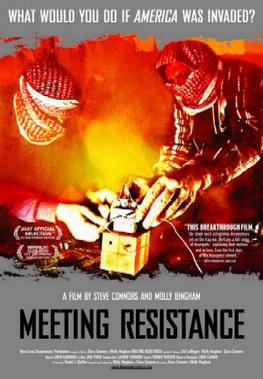Anybody can recognize "The Girl From Ipanema", - it's a classic. But where did it come from? The Girl from Ipanema is Bossa Nova at its best, its rhythm, its Brasilian undulating sensual melody, but where did it originate, and why have such a fascinating sound?
Pianist Tom Jobim is credited for the composition of most of the classic Bossa Nova standards, but is was João Gilberto who took these standards, and interpreted on the guitar what we now identify as Bossa Nova. By harmonizing the chords on the guitar with the traditional Brazilian Samba rhythm, Gilberto evolved Jobims' compositions and popularized the style.
Gilberto's guitar playing is virtuous, but what really captures me is his voice. He sings with a throaty quality as if he is blowing air from his gut, which produces an intimate close-to-the-microphone sound. It's possible to hear his lips smacking dryly during the pronounciation of certain words, and he has an excellent vocal amplitude, using mostly low-pitched but well chosen notes. This creates the typical sensual, oh-so-attractive to female audiences sound that one instantly connects to the Brazilian people's warmth and the country's paradisical beaches.
This album is fun to compare to his other work, as over the years his performances have become more sensitive and refined. The harmonizations are well thought out (Gilberto is notorious for spending weeks picking out the perfect chord), and byt the time this album was recorded his voice already had that grandfather-like quality. Classics such as "Àguas de Março", "Falsa Baiana" and "Izaura" have amazing sound quality, comparable to todays' recordings.
If you can read Portuguese, or are able to find translations for the lyrics, you'll find that the lyrics complement the embracing sound - try finding accurate translations and read them whilst listening, and it will definitely heighten the pleasure of listening.



Create a playlist at MixPod.com







